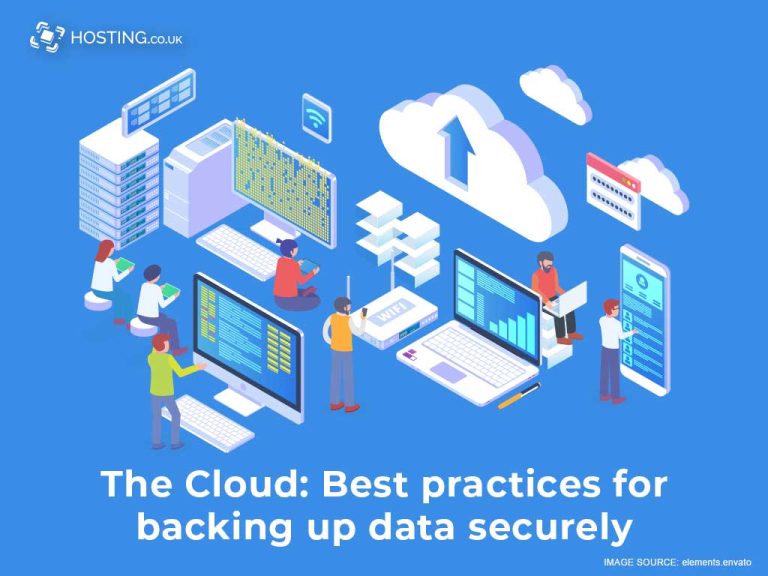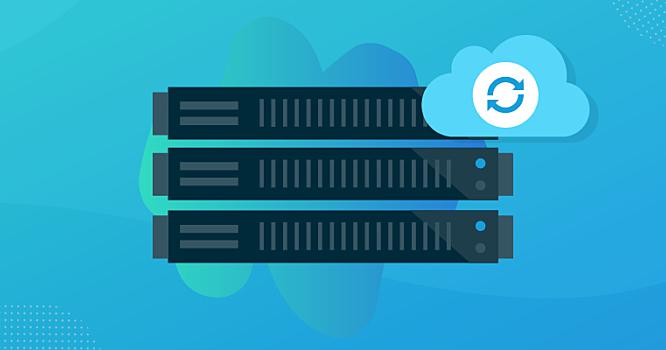

- #DATA BACKUP BEST PRACTICES UPDATE#
- #DATA BACKUP BEST PRACTICES OFFLINE#
- #DATA BACKUP BEST PRACTICES WINDOWS#
so that the data can be fully recovered by accessing it from anywhere in the world via the internet. Therefore, many organizations store data away from their premises in locations such as servers (accessed via FTP), cloud services, offsite servers, etc. The downside of onsite backups is if there is a catastrophic failure, or storage devices are stolen, then all the data stored locally will be lost resulting in complete loss of data and money. These storage devices are inexpensive and provides the ability to access data quickly when compared to the offsite storage devices. Small businesses or individual users usually store their data on storage devices such as internal/external drives or NAS drives on their local network. Backup Data to Both Onsite and Offsite Locations
#DATA BACKUP BEST PRACTICES WINDOWS#
Using SyncBack you can easily automate your backups and configure them to run at regular intervals (monthly, weekly, daily or hourly) via the Windows Task Scheduler.

#DATA BACKUP BEST PRACTICES OFFLINE#
backup a database that must be offline for a valid backup to be taken. In some situations, you may only be able to perform a backup outside of operational hours, e.g. If you want to backup business-critical information, that is changed or accessed frequently by many users, then it is best to run backups on an hourly basis e.g.
#DATA BACKUP BEST PRACTICES UPDATE#
If you rarely update files or create new files, then you can consider running backups weekly or daily.

You can refer to the Backup Your Most Important Task article for information on what files to backup.ĭepending on the rate of changes and data criticality (business critical data or personal files), backups can be scheduled to run weekly, daily or on an hourly basis. documents, pictures, videos and music files) and then setup procedures to backup these files regularly to storage devices. Backup Data Regularlyįirst and foremost, you need to identify the files to backup (e.g. This article highlights some of the best practices that you can establish to have a consistent and reliable backup needed for recovery. Although there is no standard backup plan suitable for every business or user (as the requirements and priorities are different), there are some best practices/strategies that everyone can consider when building a backup and recovery plan needed for the sustained operation of your business (like making automatic backups, monitoring backups jobs, reviewing log files and backup data). It is essential to have a comprehensive backup plan in place to safeguard against emerging threats and disasters. Just backing-up your data is not enough to recover from a failure or disaster. Because of this, organizations and computer users are forced to backup data as part of their daily routine. The number of security threats and physical disasters are increasing day-by-day. Best Practices for File Backup Author: Swapna Naraharisetty, 2BrightSparks Pte.


 0 kommentar(er)
0 kommentar(er)
